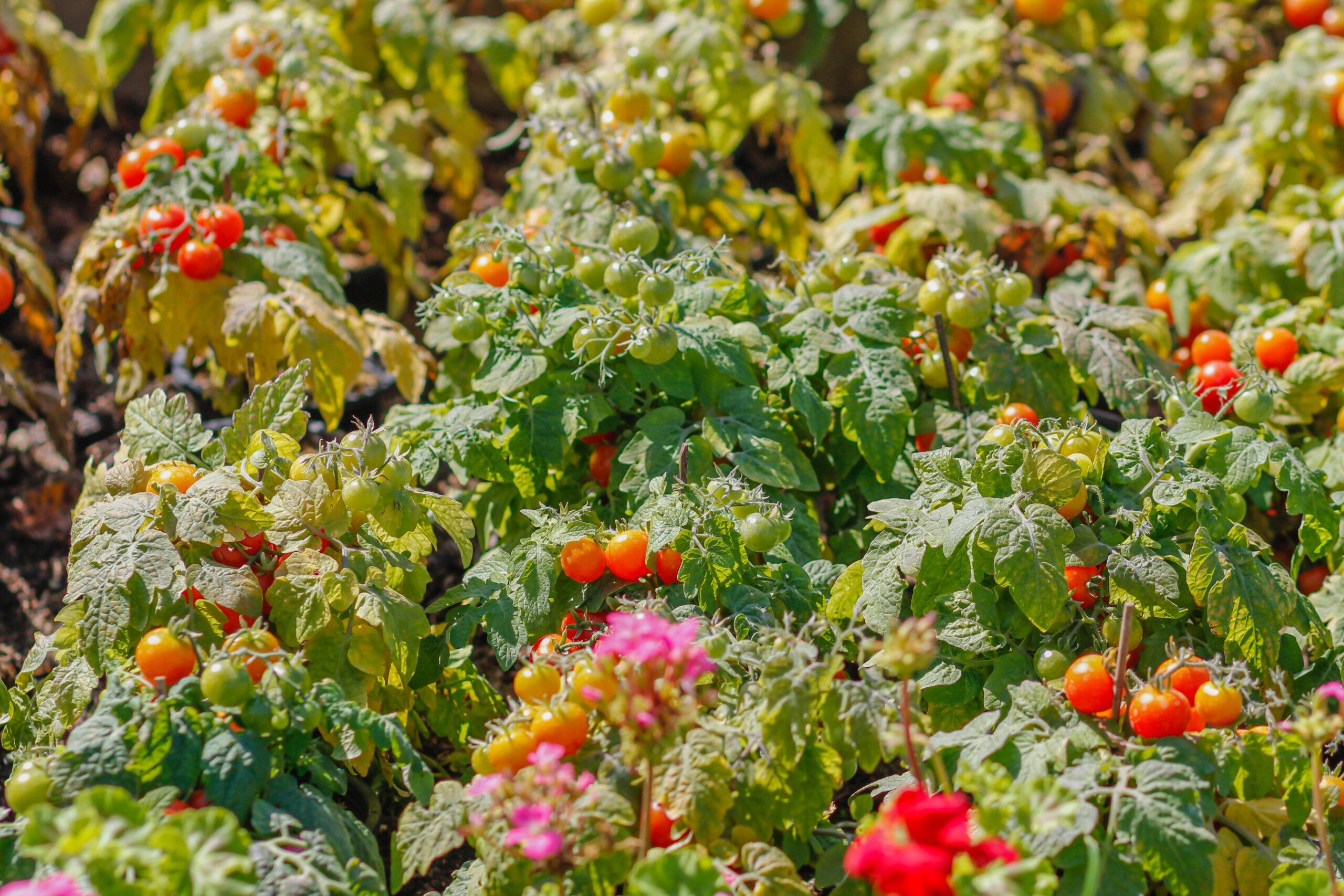The Best Companion Plants for Tomatoes and Peppers: Grow Healthier Veggies Naturally
If you’re growing tomatoes and peppers this season, you’re probably dreaming of juicy harvests and thriving plants. But did you know that companion planting can help your veggies grow stronger, resist pests, and even taste better?
Nature already knows how to grow things in harmony—so why not take advantage of it? Pairing your tomatoes and peppers with the right companions can lead to a healthier garden and a more bountiful harvest without chemicals or complicated tricks.
—
Why Tomatoes and Peppers Need Companion Plants
Primary keyword: companion plants for tomatoes and peppers
Long-tail keywords: best companion plants for tomatoes and peppers, natural ways to boost vegetable garden health
Tomatoes and peppers belong to the same plant family—Solanaceae—and while they love the heat, they can struggle with pests, soil issues, and uneven growth. Companion plants solve these problems naturally by:
Repelling harmful insects
Attracting pollinators
Improving soil health
Maximizing space and sunlight use
Let’s look at the best companion plants that will help your tomatoes and peppers flourish.
—
1. Basil – The Flavor Booster & Pest Repellent
There’s a reason basil and tomatoes are a match made in culinary heaven—they work just as well in the garden.
Benefits:
Repels aphids, whiteflies, and hornworms
Enhances tomato flavor
Attracts pollinators like bees
Pro tip: Plant basil near the base of tomato plants and harvest regularly to encourage growth.
—
2. Lettuce – Shade-Loving Ground Cover
Lettuce grows quickly and prefers cooler conditions, making it perfect for growing under tall tomato and pepper plants.
Benefits:
Maximizes garden space
Keeps weeds down
Thrives in the shade of larger plants
—
3. Spinach – A Fast, Nutrient-Rich Companion
Spinach is another shade-tolerant leafy green that fits beautifully into a tomato and pepper garden bed.
Benefits:
Grows fast and matures early
Helps cover bare soil to retain moisture
Provides healthy greens while you wait for your main crop
—
4. Beans – The Natural Soil Fertilizer
Beans, especially pole and bush varieties, “fix” nitrogen in the soil—essential for strong fruiting plants like tomatoes and peppers.
Benefits:
Enriches soil with nitrogen
Reduces need for chemical fertilizers
Supports bigger, healthier harvests
Note: Give each plant enough space to avoid competition for light.
—
5. Carrots – Soil Breakers and Root Buddies
Carrots grow underground and naturally loosen the soil, which helps tomatoes and peppers access water and nutrients.
Benefits:
Improve soil structure
Utilize space without shading other plants
Can be harvested without disturbing nearby roots
—
6. Nasturtium – Nature’s Pest Control and Pollinator Magnet
This colorful flowering plant is a powerhouse in any vegetable garden.
Benefits:
Attracts beneficial insects and pollinators
Repels aphids, squash bugs, and whiteflies
Adds a cheerful burst of color to your garden
—
Final Thoughts: Grow Together, Grow Better
Companion planting is one of the smartest (and easiest) ways to create a thriving vegetable garden. By surrounding your tomatoes and peppers with supportive neighbors like basil, spinach, and nasturtium, you’re setting your garden up for healthier plants, fewer pests, and more abundant harvests—naturally.
—
Keywords used:
Companion planting for tomatoes and peppers
Natural pest control in vegetable gardens
Best vegetables to plant with tomatoes
Tomatoes and peppers garden tips
Easy companion planting guide

